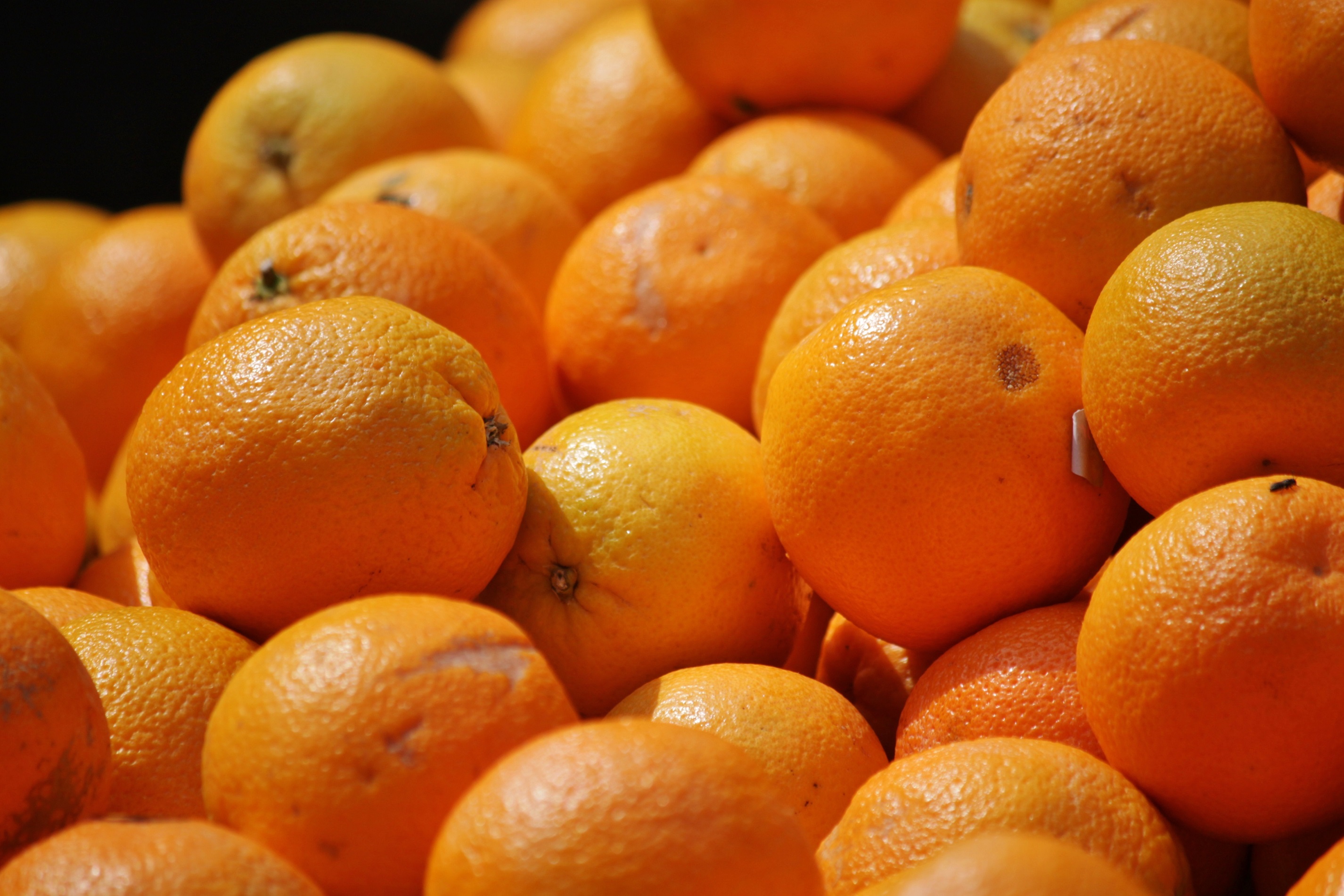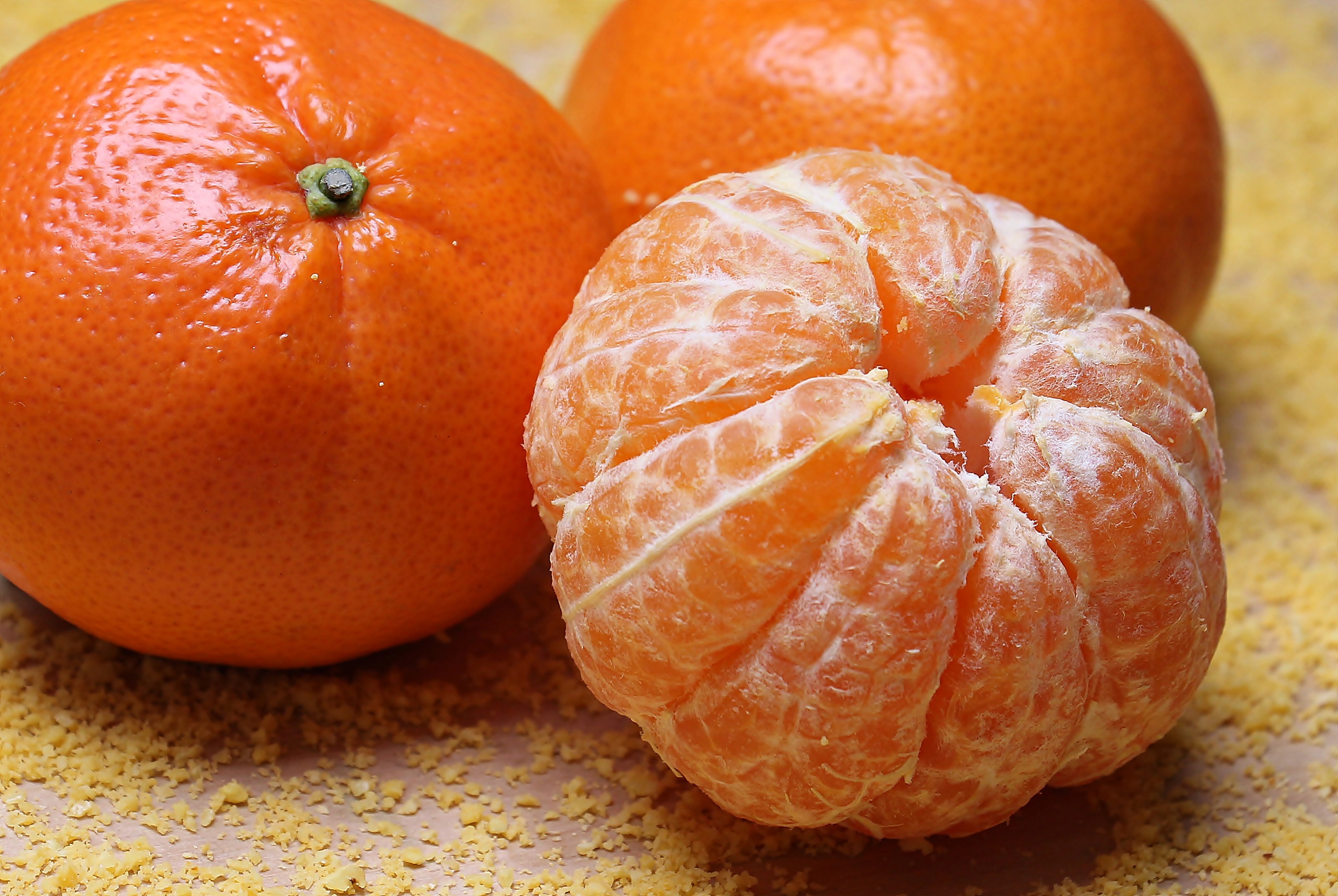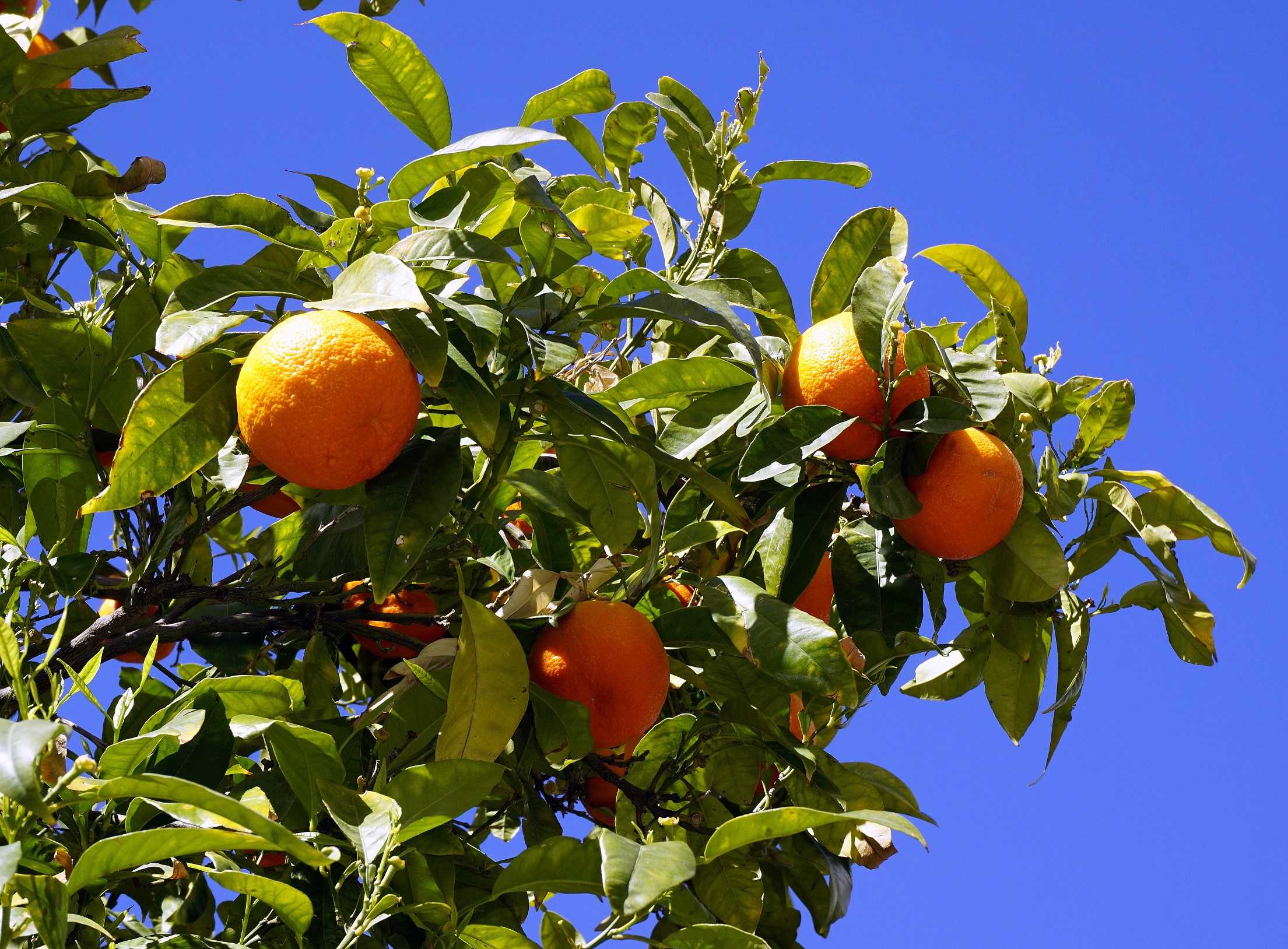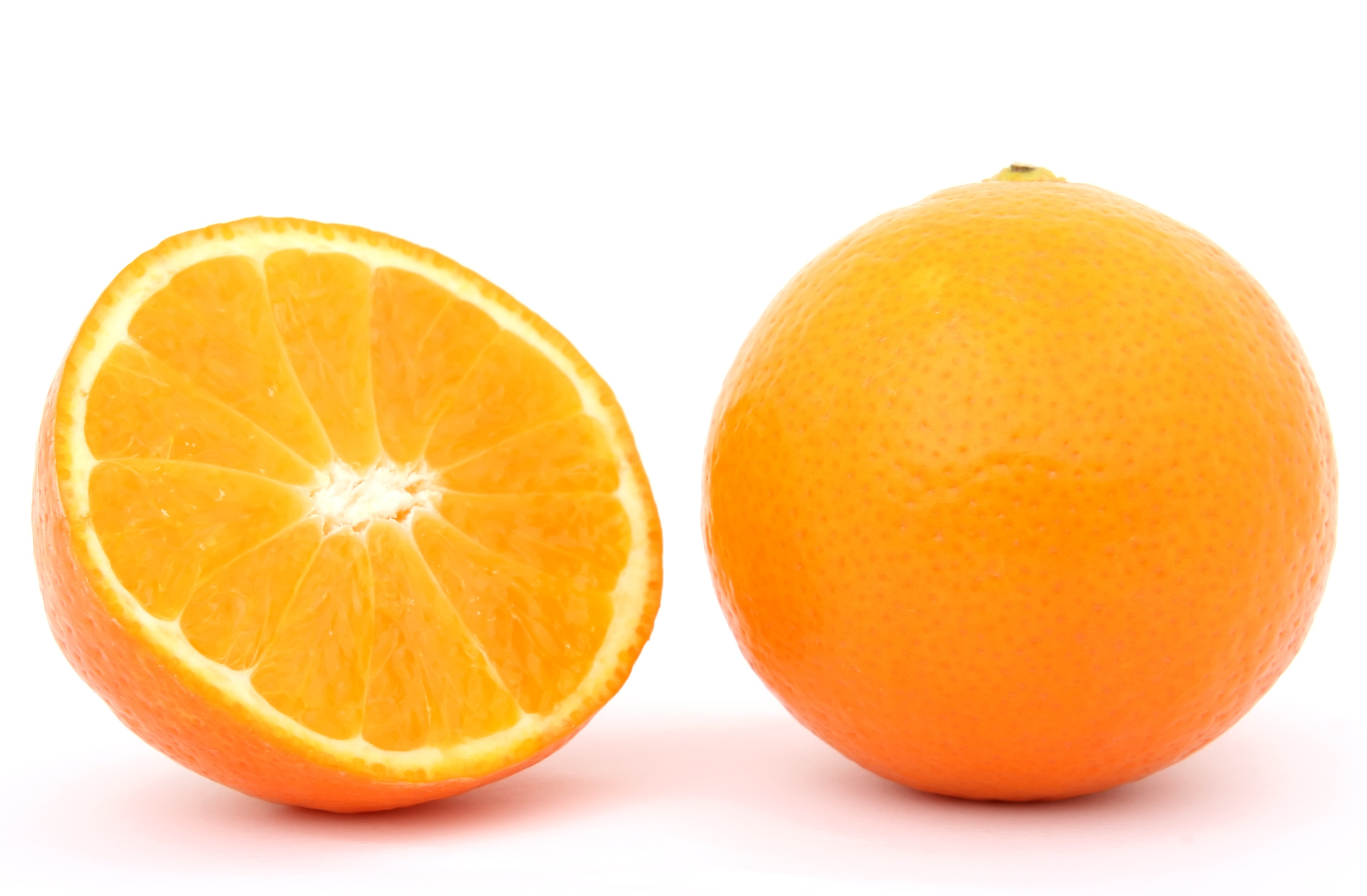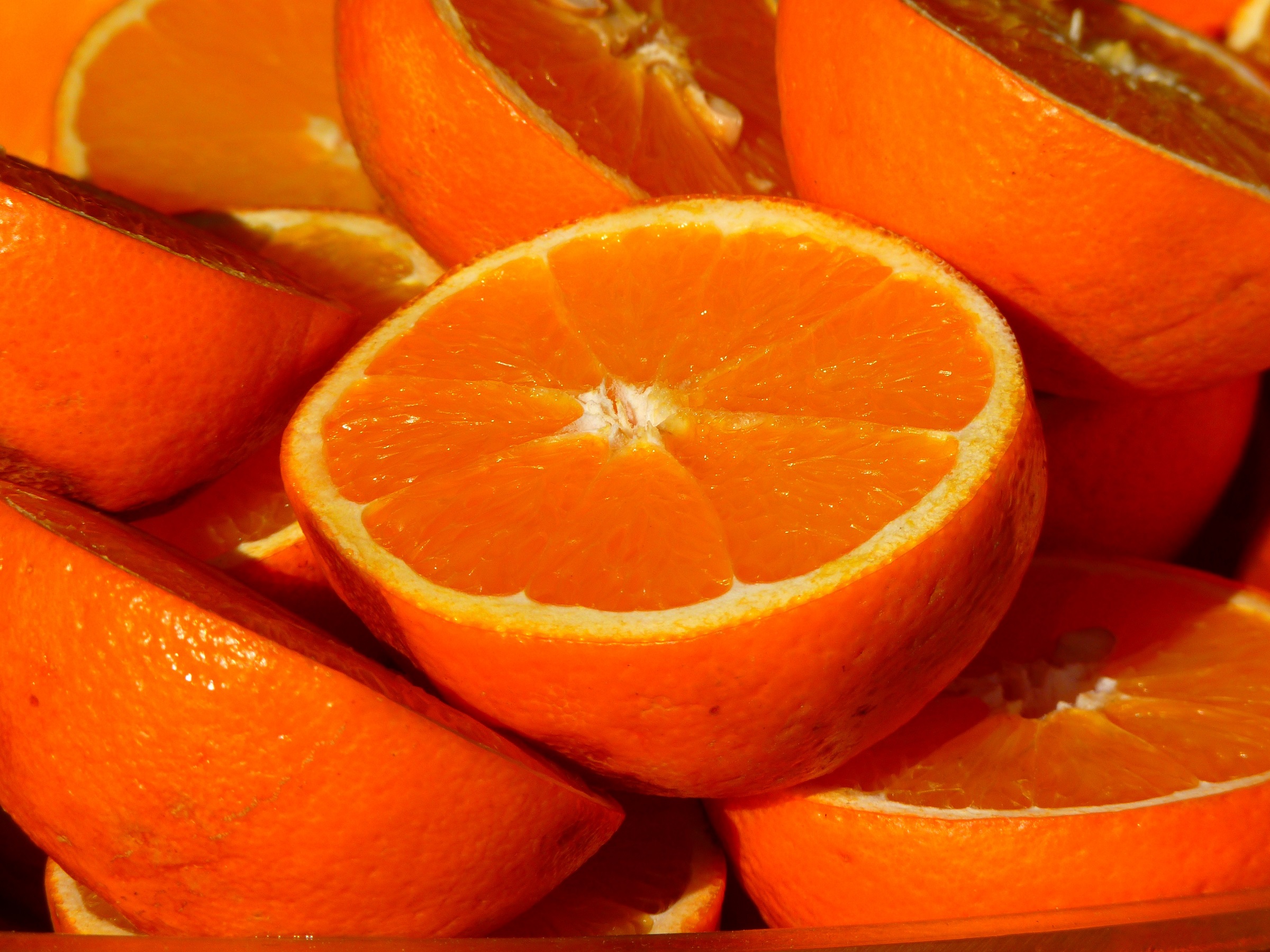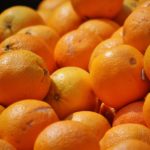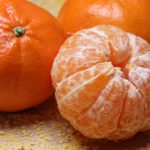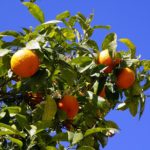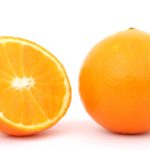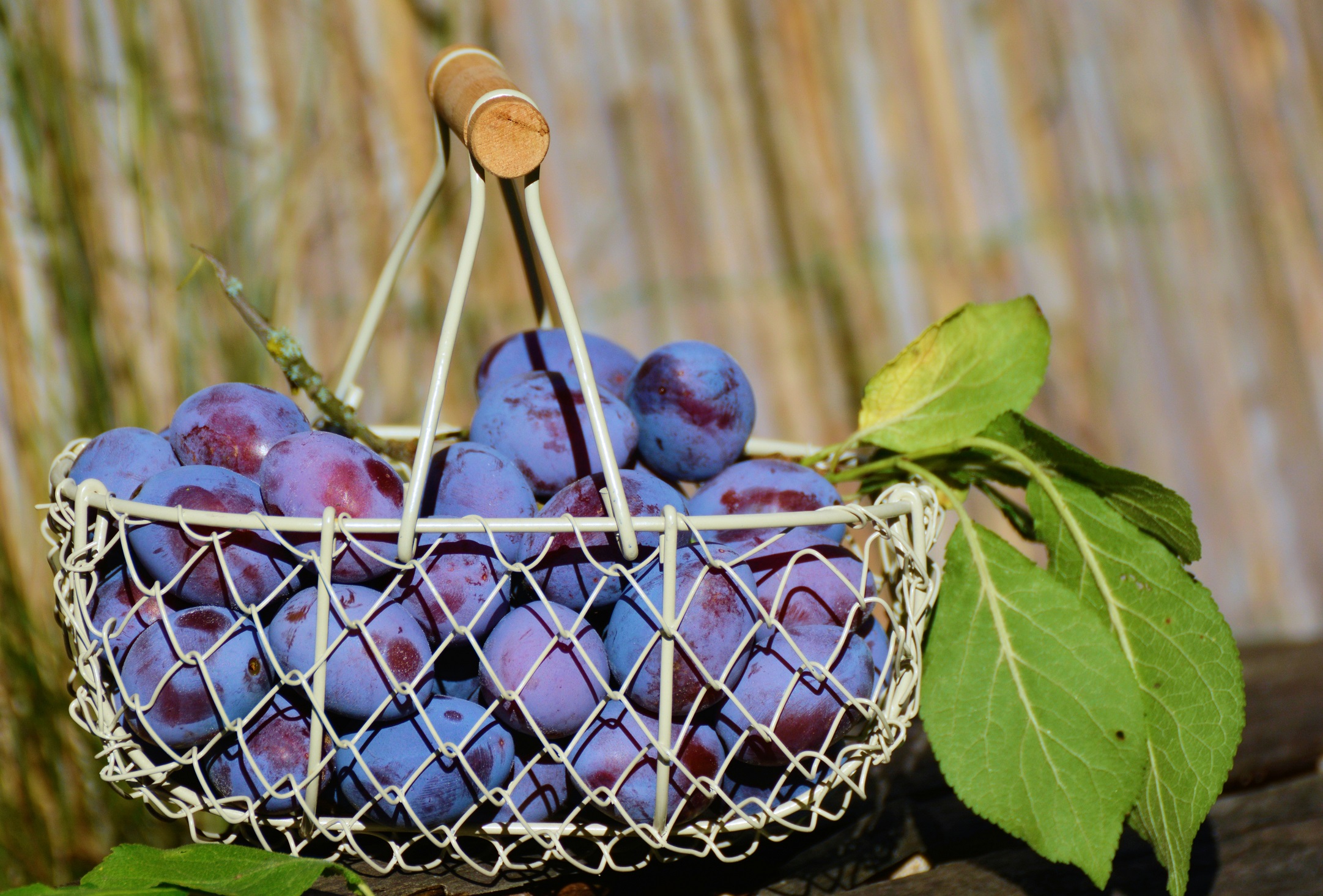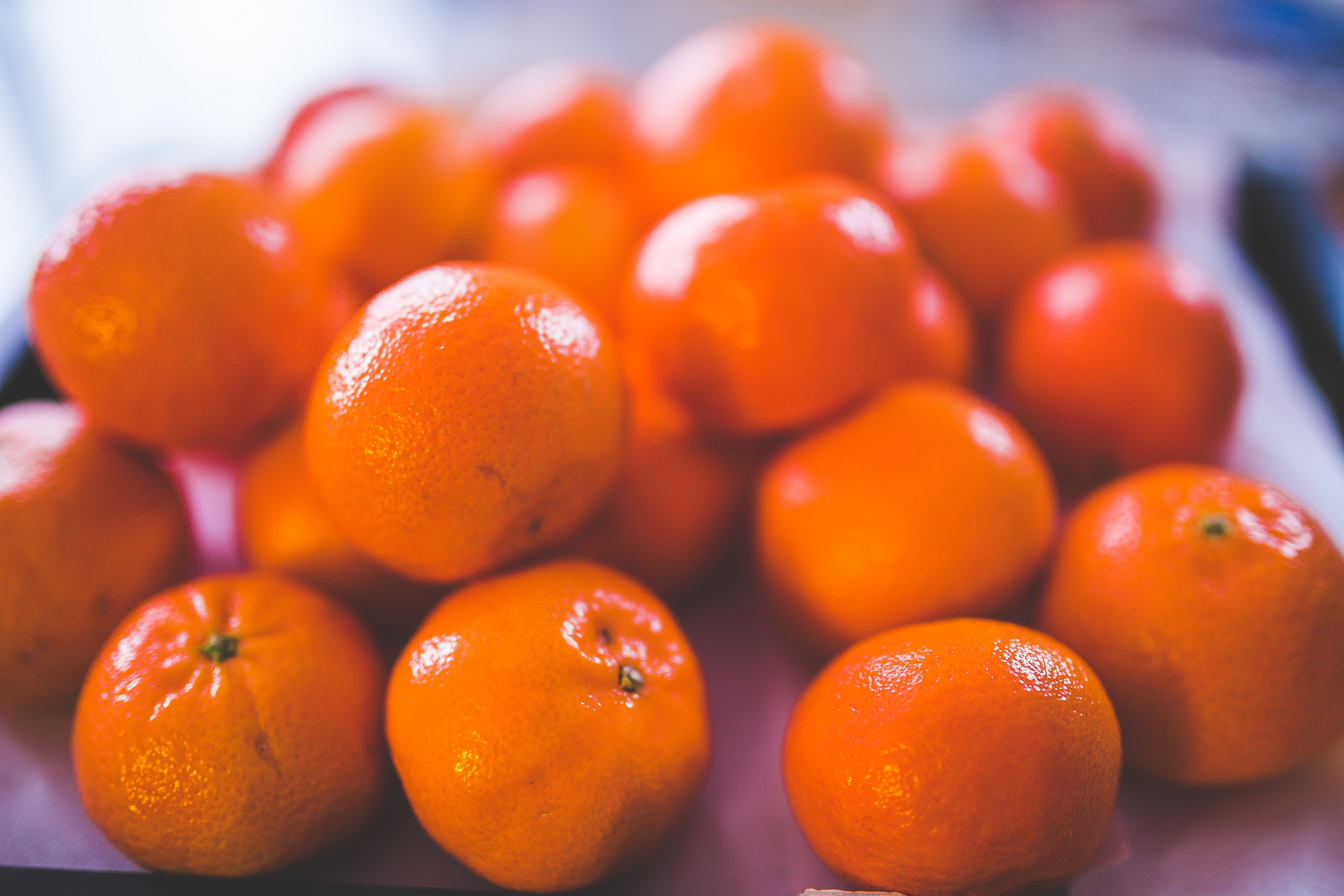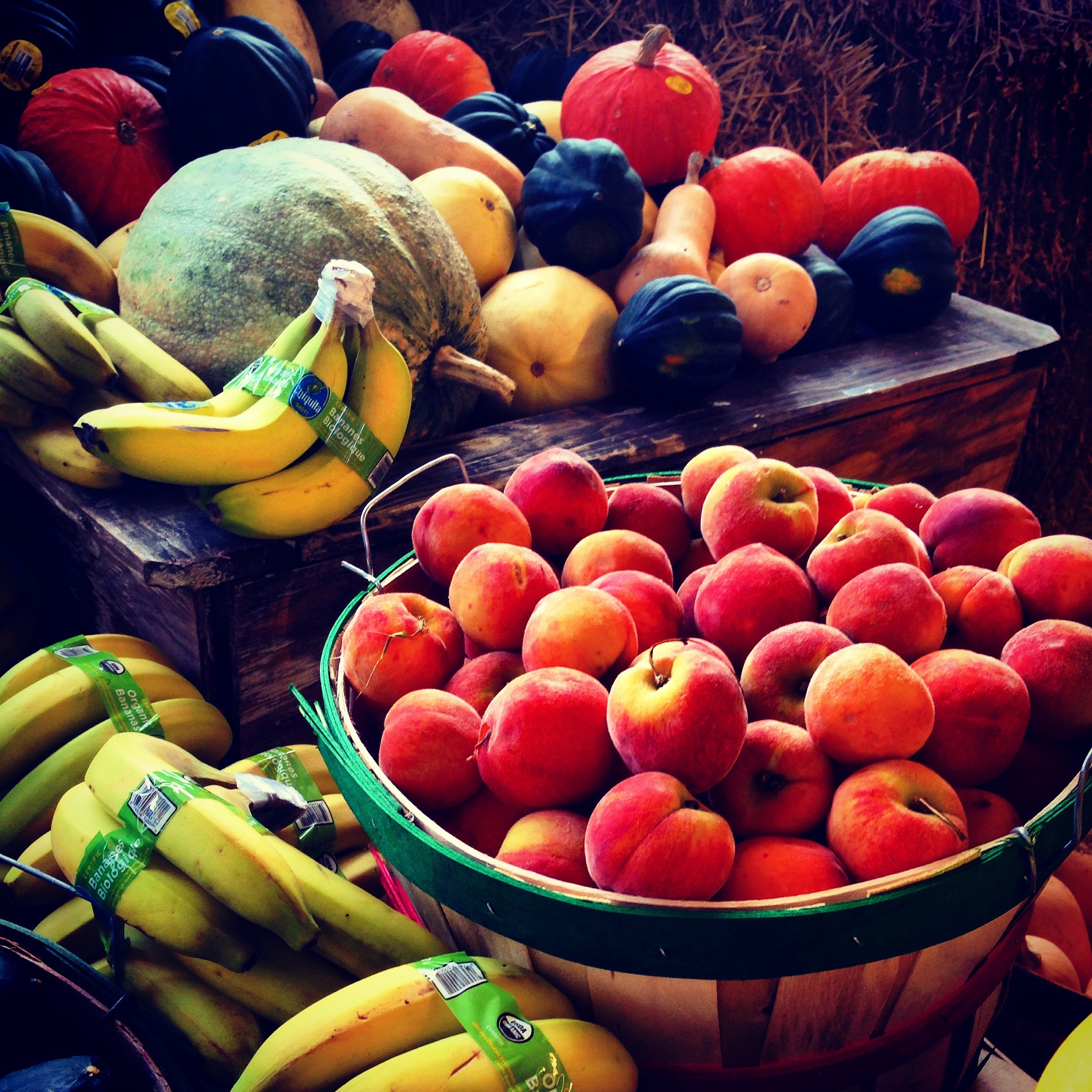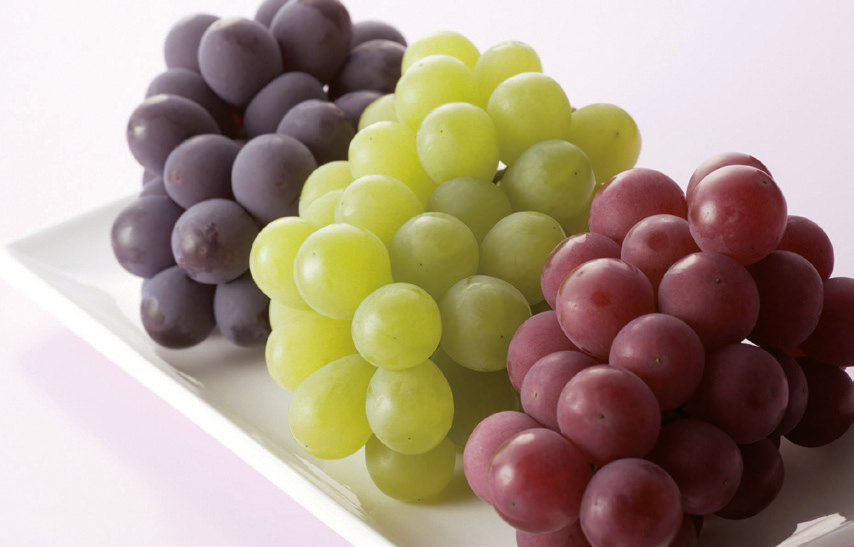Description
The orange is the fruit of the citrus species Citrus × sinensis in the family Rutaceae. It is also called sweet orange, to distinguish it from the related Citrus × aurantium, referred to as bitter orange. The orange is a hybrid between pomelo (Citrus maxima) and mandarin (Citrus reticulata). The chloroplast genome, and therefore the maternal line, is that of pomelo.
Common oranges (also called “white”, “round”, or “blond” oranges) constitute about two-thirds of all the orange production. The majority of this crop is used mostly for juice extraction.
As with other citrus fruits, orange pulp is an excellent source of vitamin C, providing 64% of the Daily Value in a 100 g serving. Numerous other essential nutrients are present in low amounts.
Oranges contain diverse phytochemicals, including carotenoids (beta-carotene, lutein and beta-cryptoxanthin), flavonoids (e.g. naringenin) and numerous volatile organic compounds producing orange aroma, including aldehydes, esters, terpenes, alcohols, and ketones.

